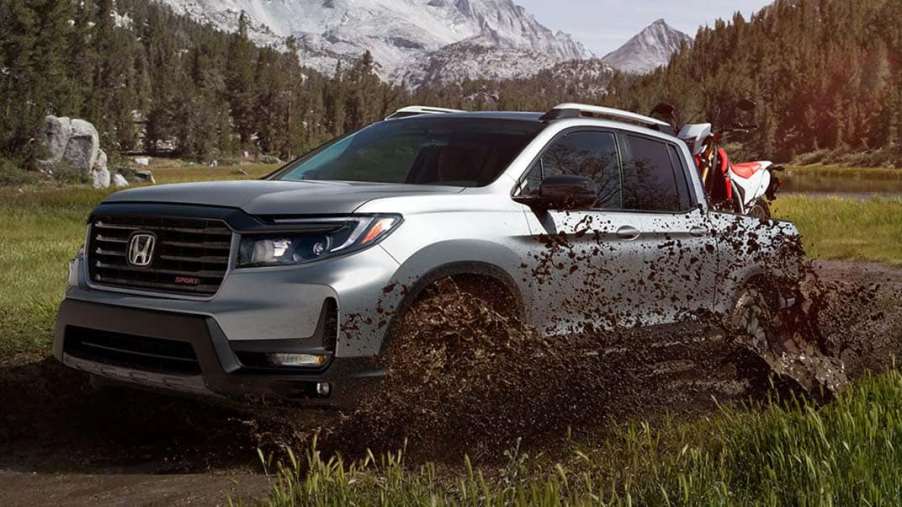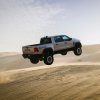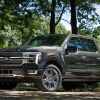
How the 2023 Honda Ridgeline Went From Zero to Hero
Throughout the Honda Ridgeline’s life, it has not received very much respect from American pickup truck owners. The average American pickup truck follows a fairly similar formula. Typically, pickup trucks today have independent front suspension, a solid rear axle, and a body-on-frame construction. Pair these attributes with a rear-wheel drive or all-wheel drive setup, and these American pickup trucks have a solid, rugged feel on the road with a ton of usable power.
The Honda Ridgeline made a name for itself by reinventing the American pickup truck. Honda didn’t just try to copy the Ford F-150, Chevy Silverado, and Ram 1500, instead, the team at Honda made a brand new type of truck that didn’t follow the typical pickup truck formula. Here is how the Ridgeline went from zero to hero in just a few short generations.
What is the Honda Ridgeline?
The Honda Ridgeline is a midsize pickup truck that made a name for itself by being radically different than the competition. While the outside of this truck may look similar to other midsize offerings from Ford and Chevrolet, the Ridgeline is built with a unibody construction. Instead of a typical body-on-frame pickup truck construction, this unibody design integrates the body and frame of the Ridgeline into one singular construction. This makes the ride of this truck less rigid and more car-like.
The Ridgeline also has a transverse-mounted engine, which means that the Ridgeline came standard with front-wheel drive on release for the 2006 model year. With nearly every truck on the market offered in rear-wheel drive or all-wheel drive only, this made the Ridgeline stand out from the crowd, and not necessarily in a good way.
Many pickup truck purists loathed the Ridgeline’s car-like construction and front-wheel drive setup. While this may be normal now with trucks like the Ford Maverick and Hyundai Santa Cruz, the 2006 model year was a very different time, and pickup truck owners were stuck in their ways.
The Honda Ridgeline continues to develop
As the Honda Ridgeline was redesigned for the 2017 model year, it was built on Honda’s new global light truck platform. This meant that the Ridgeline shared much of its underpinnings with the Honda Pilot, another favorite in the company’s lineup.
The Pilot platform was altered just a bit to ensure the Ridgeline had a proper pickup truck toughness to the structure. While the initial run of the Ridgeline offered a front-wheel drive setup, the engineers at Honda opted for an all-wheel drive drivetrain as standard equipment for the 2021 model year, making it one of the only trucks in its class with standard all-wheel drive.
What has led to the Honda Ridgeline’s success in sales?
According to GoodCarBadCar, the Honda Ridgeline is currently outselling the GMC Hummer EV, Nissan Titan, Rivian R1T, GMC Canyon, Hyundai Santa Cruz, and the long-running Ford Ranger. The Ridgeline’s success in sales can largely be attributed to its ability to give consumers exactly what they need in a truck while making it easier to live with.
Many trucks are stiff riding, hard to maneuver, and way too big for some drivers. The Ridgeline gives drivers a truck body with all-wheel drive, solid fuel economy, and a comfortable interior.
While the Honda Ridgeline may have been mocked for being a different kind of truck upon release, it has led the way with what a pickup truck can do when it’s not bound to a set list of rules. As the American pickup truck consumer base grows, the Honda Ridgeline is bound to continue to rise in sales.



